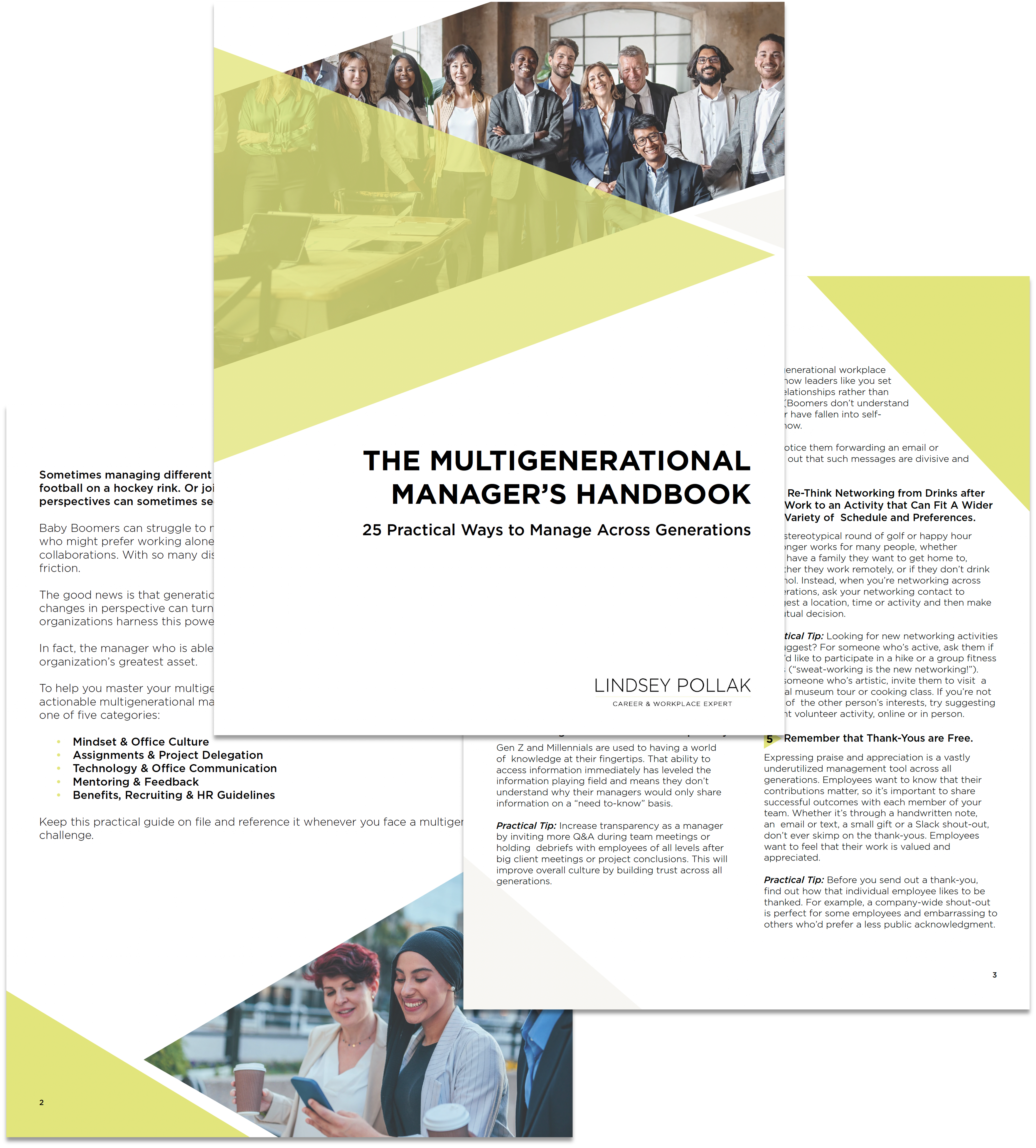Happy New Year! I love new beginnings, and January 1st is the newest and freshest start of them all. If you’re a job seeker, now is the perfect time to reinvigorate your efforts, try some new strategies or consider a fresh perspective.
With those goals in mind, here are three career trends I’m predicting for 2013 and tips on how you can incorporate them, with the help of LinkedIn, into your New Year’s job search:
LinkedIn profiles replace resumes
We’ve seen this happening for some time — people leading with their LinkedIn profile vs their resume. I believe 2013 is the year that many employers will rely more on LinkedIn than traditional resumes to make their hiring decisions. Employers may still request traditional resumes, but those will take a backseat to your LinkedIn presence. The reasons why are numerous: a LinkedIn profile provides so much more information and richer context for one’s career path, skills and experience; a resume limits you to one or two pages while a LinkedIn profile is unlimited; and your LinkedIn profile is public, so employers consider it to be more trustworthy (i.e., very few people lie on their LinkedIn profiles because their connections would quickly call out any untruths or exaggerations).
In some ways, your LinkedIn profile needs to mirror your resume. Factual information, such as your job titles, dates of employment and educational credentials, need to match exactly. And your overall skill set, experience level and areas of professional focus need to remain consistent so you don’t appear to be two completely different job candidates.
Beyond those basic similarities with your resume, your LinkedIn profile is completely customizable. To make your profile most appealing to employers, first craft a compelling, keyword-rich headline, such as “Big Idea Salesperson with Track Record of Success in the Construction Sector.” Not sure what to say? Gather inspiration by researching the LinkedIn profile headlines of some successful people who have the type of job you want.
Next, add a professional photograph to your profile to help recruiters match your name with your face when they meet you in person. Then, make sure that the rest of your profile acts as a more comprehensive version of your resume, including all of your experience, unique accomplishments, measurable results (e.g., “decreased average customer service call wait time by over 2 minutes”) and recommendations from former colleagues and managers.
Once you feel your profile is the best it can be, tap a few trusted friends or family members to review it with a critical eye. Specifically, ask them two questions:
- Is it clear from my profile what kind of job opportunities would be a good fit?
- Is it clear what makes me unique and valuable?
.
If your friends can’t answer these questions, or their answers are not what you’re hoping for, then go back to the drawing board.
One last point: remember that your LinkedIn profile is a living, breathing representation of you, so regularly revisit your profile to make sure it’s up-to-date with new accomplishments. You can also keep your profile fresh and appealing to recruiters by frequently sharing interesting articles or brief commentary about topics that matter to you. These shares appear right at the top of your profile in the “Activity” section, so they will keep your profile looking active and compelling.

